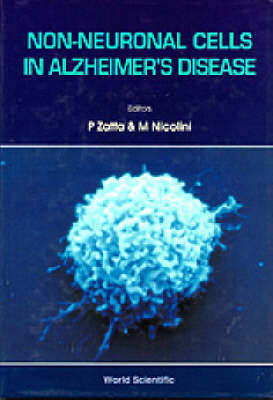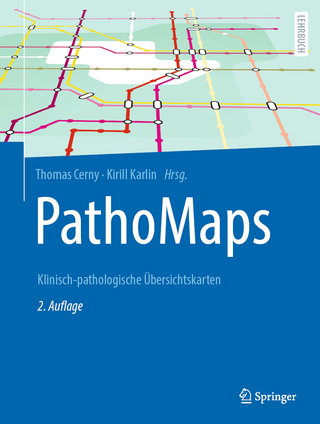
Non-neuronal Cells In Alzheimer's Disease
World Scientific Publishing Co Pte Ltd (Verlag)
978-981-02-2092-1 (ISBN)
- Titel z.Zt. nicht lieferbar
- Versandkostenfrei innerhalb Deutschlands
- Auch auf Rechnung
- Verfügbarkeit in der Filiale vor Ort prüfen
- Artikel merken
Alzheimer's disease (AD) is a devastating pathology of the central nervous system (CNS) of unknown etiology which represents the most common neurodegenerative disorder. AD is the major cause of senile dementia, affecting approximately 5% of the population over 70. This syndrome is characterized by loss of short-term memory and progressive impairment of intellectual functions. No established therapeutic strategy has been found so far.Until recently, much of the literature on AD discussed the effects of this syndrome on the CNS. In the last few years, however, a large amount of information has appeared which underscored the importance of studying AD from other perspectives with the view of identifying reliable biological markers. The amyloid precursor proteins (APPs), for instance, constitute a complex family of membrane-bound and soluble glycoproteins that are derived by alternative splicing of a gene on chromosome 21. In the hemopoietic system, APPs have been detected in a number of cell types, such as leukocytes, megakaryocytes and platelets. In addition plasma contains picomolar concentrations of APP isoforms most likely derived from platelets. Abnormalities were also detected in the electrophoretic profile of erythrocytic membranes from AD patients. Numerous abnormalities have been proposed as peripheral markers for AD and several laboratories around the world are deeply involved in this challenging research.This book provides up-to-date information, as review chapters, on non-neuronal cells, with the aim of stimulating the formulation of potential diagnostic-therapeutic strategies.
Aluminium and the BBB permeability, W. Banks and A. Kastin; fibroblasts in Alzheimer's disease, J. Blass; tacrine, velnacrine and erythrocytic cytoskeleton, A.D. Butterfield; astrocytes, microglia and B-lymphocytes-specific monoclonal antibody (LN1), D.W. Dickinson; erytrocyte membrane fluidity in Alzheimer's disease, S.J. van Rensburg; erythocyte membrane characteristics in Alzheimer's disease, G. Bosman; basic fibroblast growth factor as a marker for Alzheimer's disease, G. Perry; APP in platelets, C. Masters; trace metals in non-neuronal tissues in Alzheimer's disease, W.D. Ehmann and W.R. Markesbery; proliferative properties of skin cultured FAD fibroblast, S. Sorbi; C1q concentration and factor-B in Alzheimer's disease, J. Rogers; metal ions dismetabolism in blood, plasma, serum and CSF from Alzheimer's disease patients, P. Zatta and P. Zambenedetti; structural and functional changes in erythrocytes and platelets in Alzheimer's disease, I. Hajimohamadreza and M. Brammer; role of inflammation and complement activation in Alzheimer's disease, P. Eikelemboom; the role of microglial cells in Alzheimer's disease, D.M.A. Mann; apolipoprotein E in dementia, S. Noguchi; biochemical markers in Alzheimer's disease, K. Blennow.
| Erscheint lt. Verlag | 1.12.1995 |
|---|---|
| Verlagsort | Singapore |
| Sprache | englisch |
| Themenwelt | Medizin / Pharmazie ► Medizinische Fachgebiete ► Neurologie |
| Studium ► 2. Studienabschnitt (Klinik) ► Pathologie | |
| ISBN-10 | 981-02-2092-8 / 9810220928 |
| ISBN-13 | 978-981-02-2092-1 / 9789810220921 |
| Zustand | Neuware |
| Haben Sie eine Frage zum Produkt? |
aus dem Bereich


